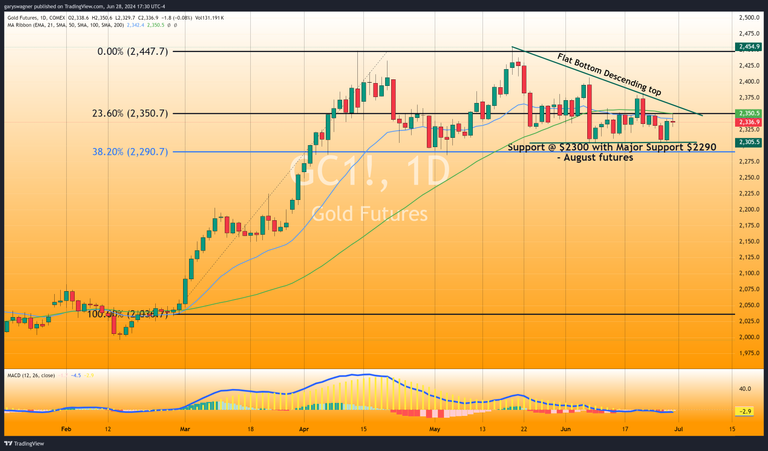Recent economic data suggest sustained subdued inflation, which is consistent with the Federal Reserve’s goals and may provide a basis for future monetary policy adjustments. Both the Personal Consumption Expenditures (PCE) and Consumer Price Index (CPI) reports indicate a trend toward decelerating consumer prices.
The Bureau of Economic Analysis reported that PCE, the Fed’s preferred inflation measure, rose at an annualized rate of 2.6% in May, down from 2.7% in April, the lowest level since March 2021. Core PCE, which excludes volatile food and energy costs, also fell to 2.6% year-on-year. On a monthly basis, core pressures rose just 0.1%, slower than April’s 0.3% increase.

Complementing these findings, the Commerce Department’s earlier Consumer Price Index (CPI) report showed the headline index rose to 3.3% in May, down slightly from 3.4% in April. The core CPI slowed to an annualized 3.4%, the lowest rate in more than two years.
The reports were roughly in line with forecasts by economists surveyed by Dow Jones Newswires and The Wall Street Journal. The data also showed that personal income rose 0.5% in May, up from 0.3% in April, reflecting a stronger labor market. But growth in consumer spending slowed to 0.2% in May from 0.1% in April.
Mary Daly, president of the Federal Reserve Bank of San Francisco, told CNBC that the PCE report provides “additional information that monetary policy is working and that inflation is gradually subsiding,” adding that while this is positive, “we have more work to do, and we’re not done.”
Despite these encouraging trends, current inflation may still be too high for the Fed to immediately cut rates — the central bank has emphasized that it needs continued favorable trends in economic data before initiating any policy changes — but the trajectory of inflation appears to be heading toward the Fed’s 2% target.
Market expectations, as reflected in CME’s FedWatch tool, give the Fed an 87.6% chance of keeping its current benchmark rate at 5.5% from 5.25% at its next meeting. The likelihood of a September rate cut has risen to 62.4% from 45.8% a month ago, signaling growing optimism about the possibility of a rate cut in the fall.
Future data releases and policy decisions will be closely watched as the Fed continues to navigate this complex economic landscape. While the slowing inflation trend points to an encouraging outlook, caution is still needed as the Fed works toward its longer-term goals of price stability and maximum employment.
If you would like to know more about our services, please see the link below.
Information, track record, trading system, customer testimonials, free trial
As always, I wish you good business.
Disclaimer: The views expressed in this article are those of the author and may not reflect the views of Kitco Metals Inc.. While the author has made every effort to ensure the accuracy of the information provided, neither Kitco Metals Inc. nor the author can guarantee its accuracy. This article is for informational purposes only. It is not a solicitation for the exchange of any commodities, securities or other financial instruments. Kitco Metals Inc. and the author of this article shall not be liable for any loss and/or damages incurred from the use of this publication.

